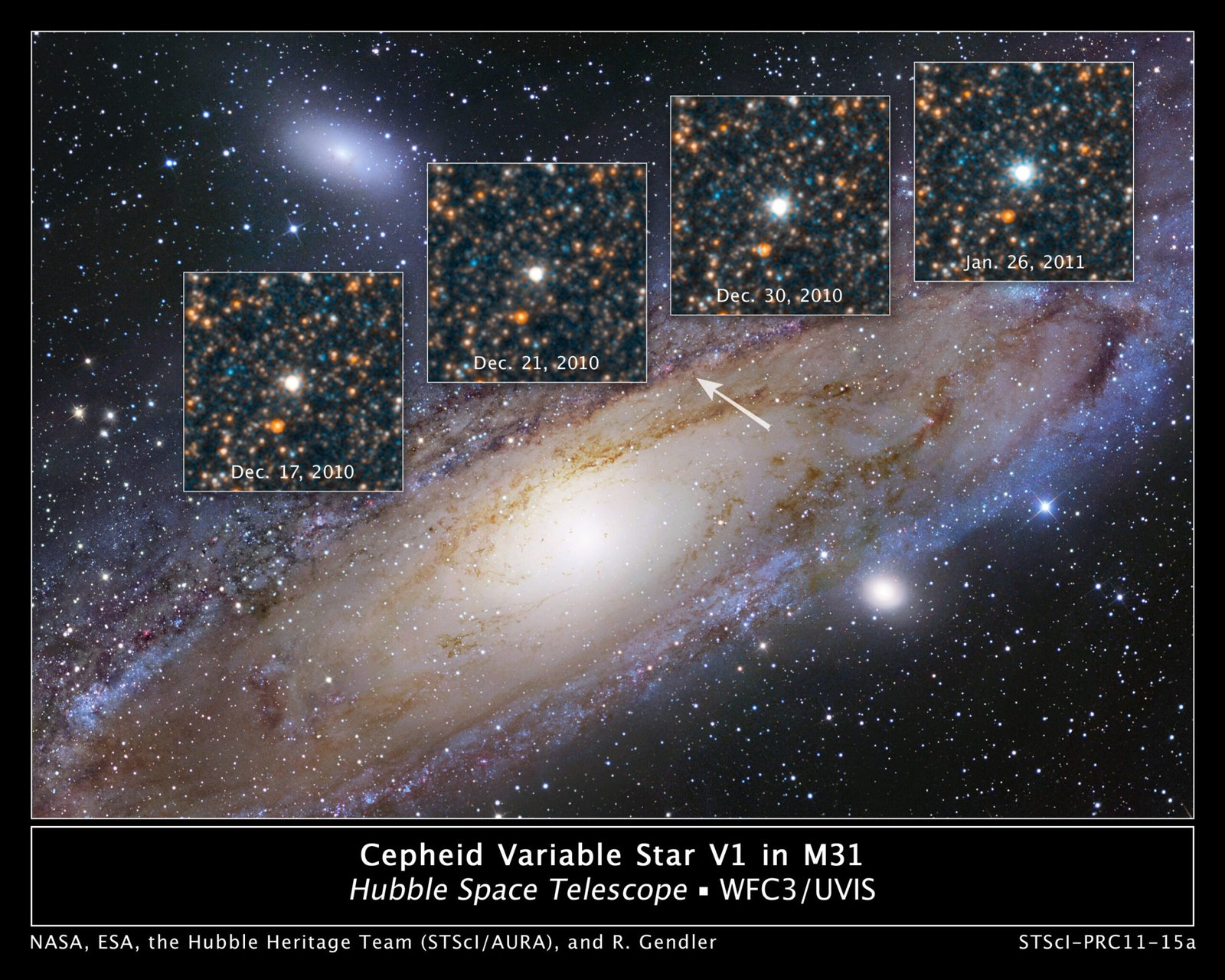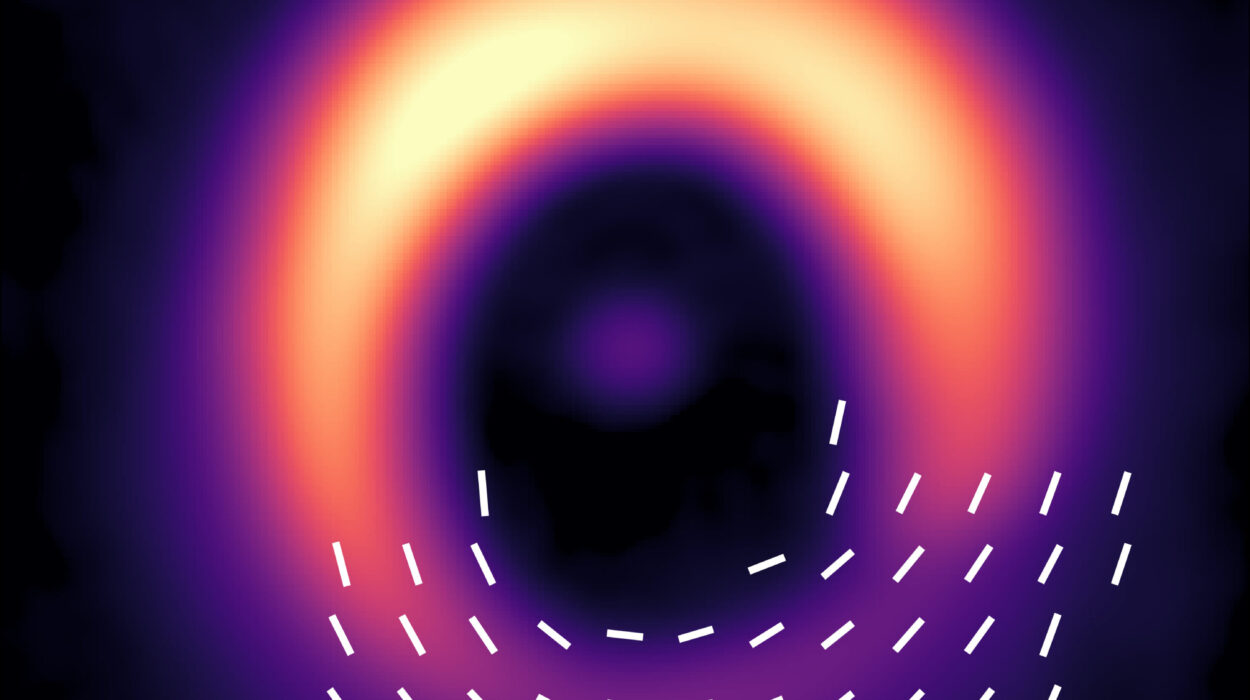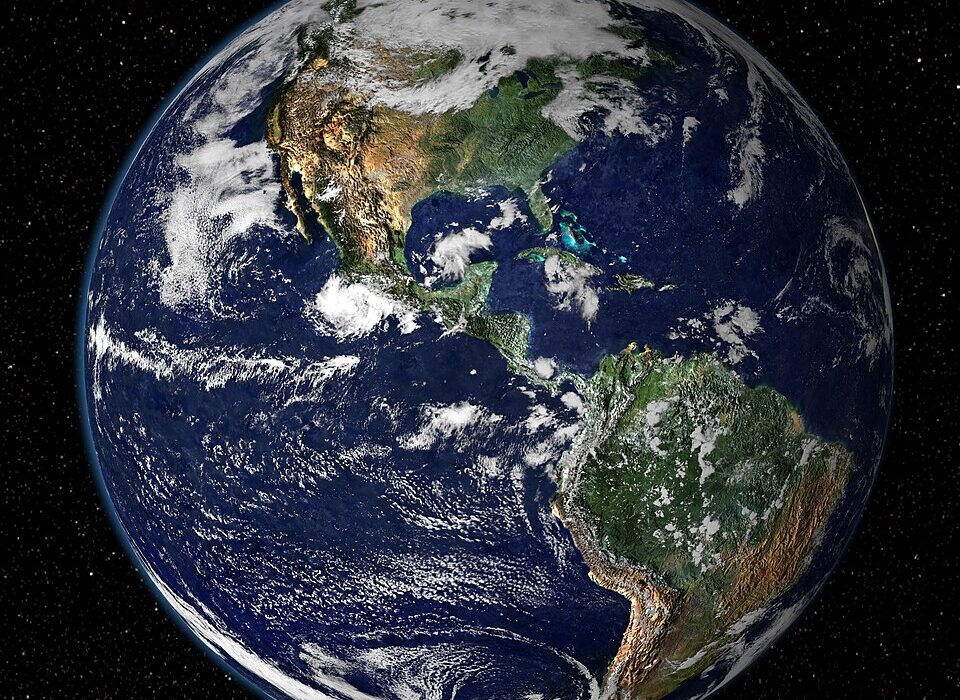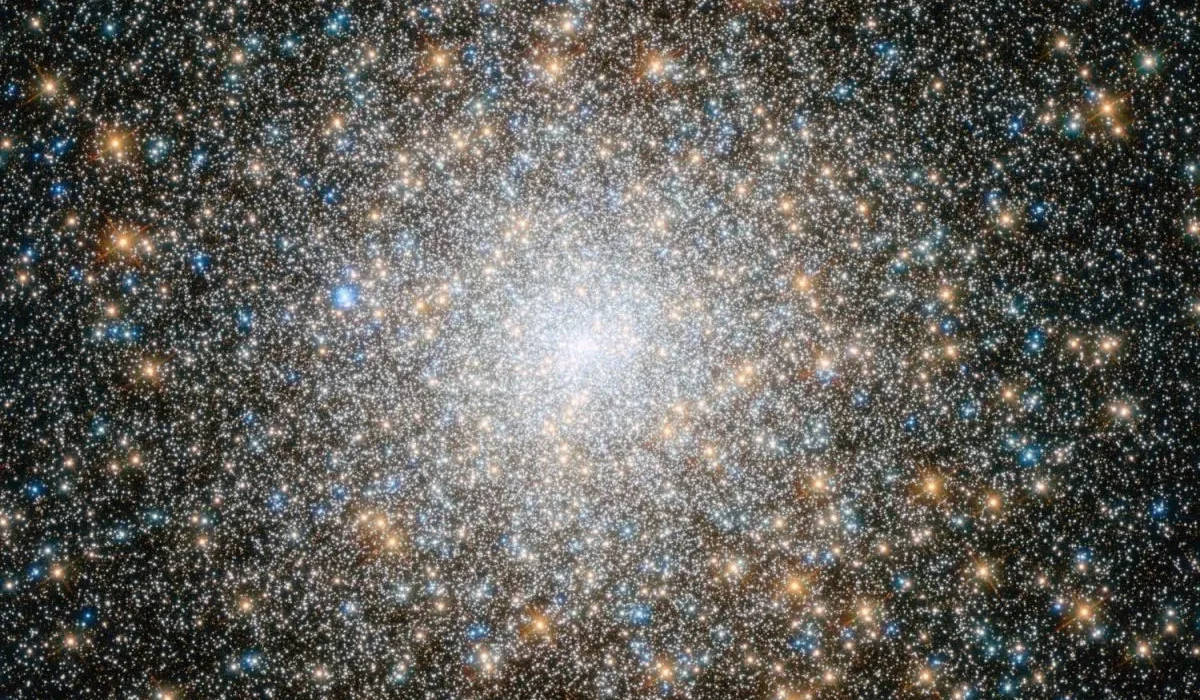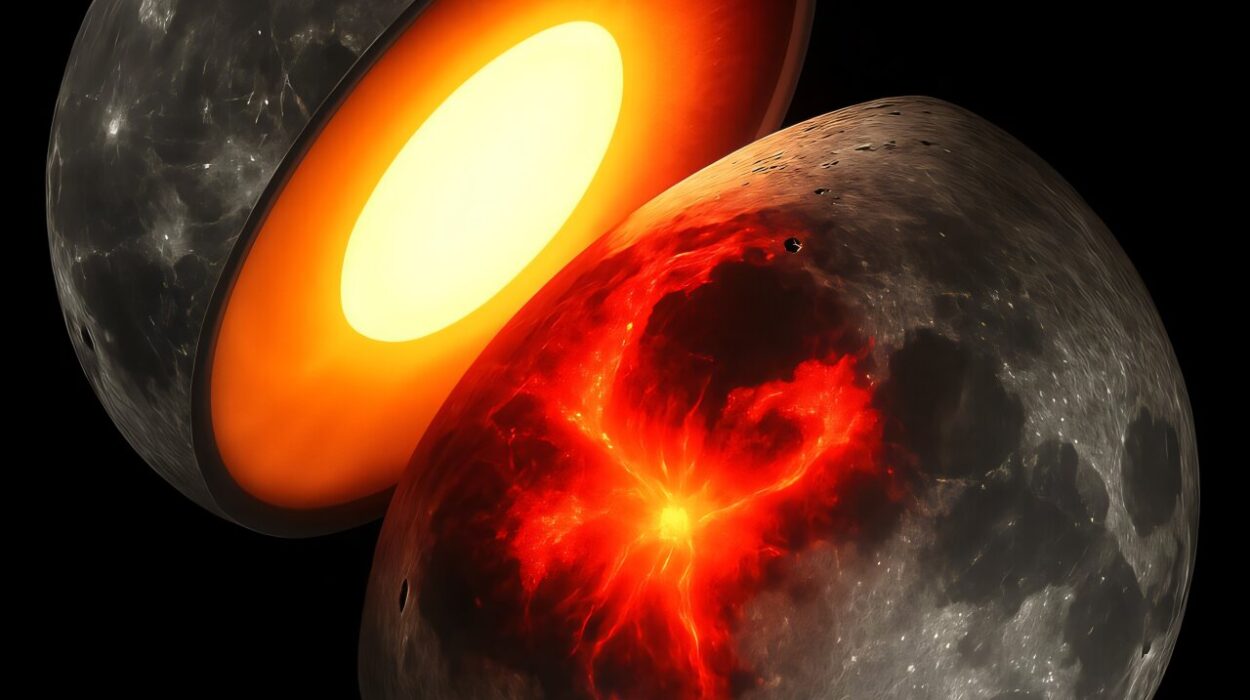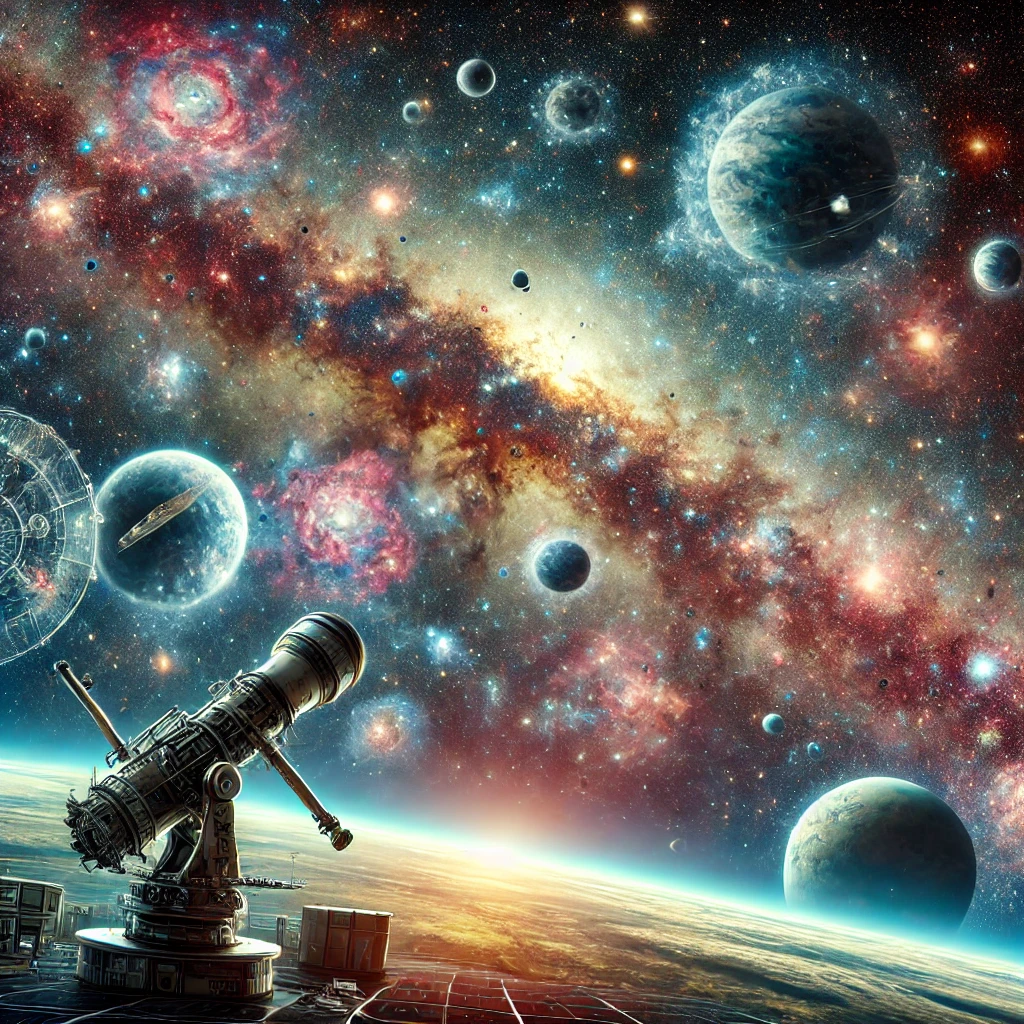For humans, the most important star in the universe is, of course, our sun. It provides the warmth, light, and energy necessary to sustain life on Earth, making it essential to our existence. The second most important star, however, lies much farther out—over 2 million light-years away, nestled deep inside the Andromeda galaxy. Despite its incredible distance and minuscule brightness (approximately 1/100,000th the brightness of the faintest star visible to the human eye), this seemingly unremarkable star, designated as V1, has an immense historical significance that continues to shape our understanding of the cosmos to this day.
V1’s discovery a century ago by renowned astronomer Edwin Hubble marked a pivotal moment in the history of astronomy and cosmology. A member of the Carnegie Observatories in California, Hubble uncovered the faint pulsating star in 1923 while using the largest telescope of the era—the Carnegie-funded 100-inch Hooker Telescope at Mount Wilson Observatory. At the time, Hubble was not searching for a key clue to the grand structure of the universe but merely studying variable stars in nearby galaxies. Yet, this star, a Cepheid variable, launched the human race into a new scientific era, forever altering our perception of our place in the vastness of space.
The Revelation: Discovering That Our Universe Was Bigger Than We Thought
Cepheid variables, such as V1, play an incredibly important role in the science of astronomy. These are a special class of pulsating stars whose brightness varies in a predictable pattern. Over a century ago, Henrietta Swan Leavitt’s work revealed that the period of these stars’ pulsations is directly related to their luminosity, allowing astronomers to calculate their true distances from Earth.
Until Hubble’s groundbreaking discovery, the prevailing belief among astronomers was that our Milky Way galaxy encompassed the entire universe. The more distant “nebulae” that were observed with increasingly powerful telescopes were believed to be other star systems within our galaxy. These fuzzy patches of light were considered relatively insignificant, thought of simply as stellar nurseries forming new stars.
But when Hubble identified V1 within the Andromeda galaxy—a giant smudge of light in the night sky—his calculations revealed that this star was located far outside the Milky Way. It was distant beyond comprehension, at a range that exceeded anything previously measured within our own galaxy. This revelation stunned astronomers. For the first time, it was clear that the Milky Way was only one of many, and galaxies beyond our own extended deep into the universe like countless island worlds scattered through an ever-expanding ocean.
Hubble himself was so taken aback by this result that, in a moment of enthusiasm, he marked the photographic plate with an exclamation point to emphasize the extraordinary discovery.
This event sent ripples across the scientific community. The discovery of Andromeda’s vast distance shattered previous assumptions about the size of the universe, igniting a shift that would lead to the explosive development of modern cosmology.
In private correspondence with fellow astronomer Harlow Shapley, who had been one of the most vocal proponents of a much smaller universe contained within the Milky Way, Hubble’s findings were greeted with a mix of awe and disappointment. Shapley, at the time a renowned astronomer from Harvard, had championed the view that our galaxy’s vastness implied it encompassed the entire universe. Receiving Hubble’s letter in 1924, Shapley described it as the “letter that destroyed my universe.” This pointed out the irrefutable evidence that what Shapley had believed for so long had been proven wrong. Andromeda, it turned out, was just one of countless galaxies in a universe far larger than anyone had imagined.
The Hubble Space Telescope: A Legacy of Discovery
It is perhaps fitting that, nearly seven decades later, an extraordinary instrument—NASA’s Hubble Space Telescope—would come to bear the astronomer’s name. As its namesake telescope launched into space and began peering far beyond the boundaries of Earth’s atmosphere, Hubble’s discoveries were confirmed, expanded, and amplified in ways that he could never have predicted.
Today, the Hubble Space Telescope revolutionizes our understanding of the universe. Unlike Hubble’s Mount Wilson observatory instruments, which only peered into space as far as the edges of the Milky Way, Hubble’s modern successor peers hundreds of billions of light-years into deep space. The images it captures tell tales of galaxies colliding, stars forming and dying, and the deepening mystery of runaway black holes, all playing out on the grandest scale possible.
However, one of Hubble’s lasting contributions to astronomy remains his foundational work in establishing the expansion of the universe, a discovery that forever changed how we understand cosmic space. By using Cepheid variable stars and measuring the redshift (the lengthening of light’s wavelength as it recedes from observers), Hubble identified an astounding observation—the farther a galaxy is, the faster it appears to be moving away from Earth.
This phenomenon—now known as Hubble’s Law—revealed that galaxies are all receding from us in a pattern that implies the universe itself is stretching out, like the surface of an inflating balloon. This was the smoking gun confirming the expansion of the cosmos, reshaping the trajectory of both scientific research and popular imagination. It wasn’t just that stars were moving—whole galaxies were racing apart, expanding the universe in ways no one had considered before.
The legacy of Hubble’s discovery went far beyond merely measuring the growth of the universe. His findings provided the cornerstone for the theory of cosmic expansion, eventually prompting the work of physicists such as Georges Lemaître, who independently concluded that the universe’s expansion could be traced backward in time. By extrapolating this theory, Lemaître laid the foundation for what would become the “Big Bang” theory—a framework suggesting that the universe began as a singular, infinitely dense point, which has since expanded and cooled, creating everything we observe today. In 1949, the term “Big Bang” was popularized to describe this incredibly hot and compact state from which all matter and energy emerged.
The idea of a universe in expansion deeply resonated with Albert Einstein, who initially feared that a static universe would collapse under its own gravitational forces. Although Einstein once introduced the “cosmological constant” as a mathematical adjustment to avoid a collapsing universe, the discovery of cosmic expansion lent new life to his earlier ideas about an evolving universe.
The Expanding Universe and Dark Energy
With Hubble’s pivotal redshift measurements and Lemaître’s theoretical groundwork, the theory of an expanding universe became widely accepted. Over time, this realization fueled further discoveries, not least the 1998 detection that the rate of cosmic expansion was actually accelerating, rather than slowing as expected. This paradox introduced the concept of dark energy, a mysterious force driving the accelerated growth of the universe.
This revolutionary discovery came from the Hubble Space Telescope and other observatories that tracked distant galaxies, measuring their distance and speed. The overwhelming conclusion pointed to a profound truth: there’s more to the universe than meets the eye, with unseen forces at play. Dark energy, much like Hubble’s original redshift data, opened another door to understanding our universe—one that has yet to be fully comprehended, but one that keeps researchers busy in pursuit of answers.
Though dark energy was never something Hubble himself could have anticipated, he certainly laid the groundwork for its discovery. His work transformed the way scientists considered the universe, helping to establish a modern framework in which galaxies, expanding space, and hidden forces like dark energy could be examined.
In this sense, the Hubble Space Telescope’s extraordinary deep field observations marked an iconic achievement for understanding the vast stretches of galaxies in space. Even today, the telescope continues to influence ongoing astronomical exploration, forever expanding our understanding of space, time, and the true size of the universe.
Conclusion: Edwin Hubble’s Universe
A century ago, Edwin Hubble uncovered a cosmic truth that forever changed the course of astronomy. Through the discovery of distant galaxies—highlighted by the unassuming Cepheid variable star, V1—Hubble showed that the universe was far grander than previously imagined. He opened the door to the possibility of infinite space, enabling astronomers and scientists to explore the universe’s expansion, leading to the foundational understanding of space that we continue to build upon today.
Edwin Hubble’s legacy is carried on in the Hubble Space Telescope, which continues to advance our understanding of the universe. With discoveries of mysterious dark energy, the existence of countless galaxies far beyond our observation, and deep insights into the expansion of space itself, Hubble’s contribution was more than a discovery—it was the turning point that led humanity into the modern age of cosmology.
His name now signifies more than just a telescope. It represents humanity’s ever-developing curiosity about the universe—a curiosity that led to the revelation of not only a new universe but a new worldview of how small humanity really is in the context of the cosmos. From that pivotal moment of discovery, when a faint star in Andromeda flung open the mysteries of the universe, we began to understand that the universe is an infinite, ever-expanding landscape that we’re only just beginning to explore.
